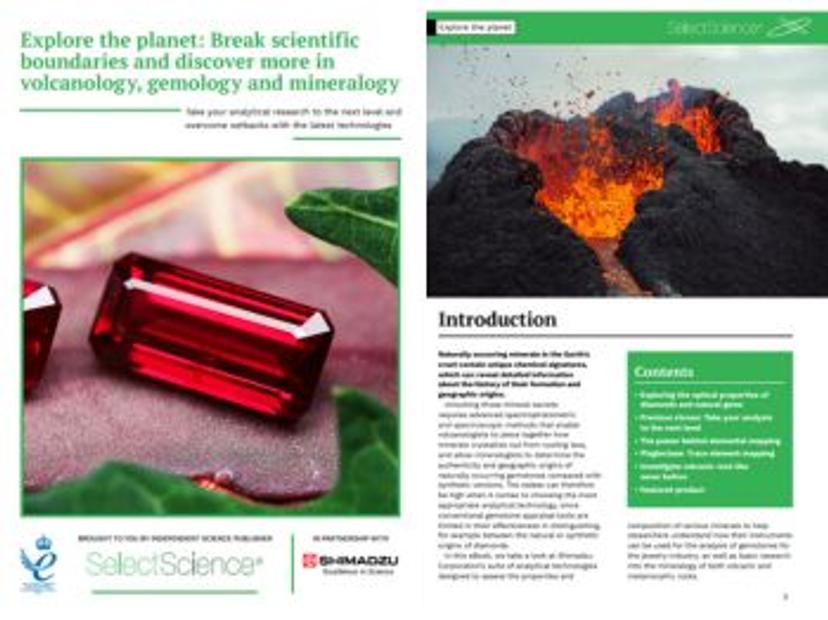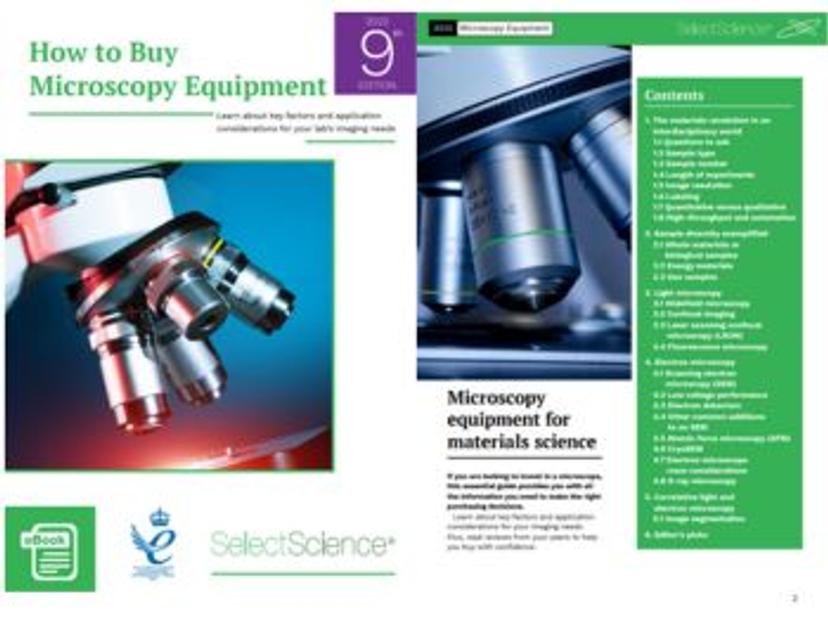Materials science: Key technological advancements to celebrate
31 May 2023
Recent breakthroughs in materials science have been instrumental in bringing about transformative changes that have reshaped our future. The discovery of novel materials and the tools needed to characterize and study them has led to remarkable advancements in a wide range of sectors, from healthcare and electrical engineering to energy storage and beyond. By understanding the fundamental structure, composition, and behavior of a given material, scientists and engineers can tailor the properties of a material to ensure superior performance and efficiency is achieved.
Materials science serves as the foundation for numerous industries, from aerospace and electronics to transportation and medicine. For instance, biomaterials have enabled the development of targeted drug delivery systems, which has led to ground-breaking discoveries in therapeutics. Alternatively, energy materials, such as high-capacity batteries and solar panels, are driving the transition toward more sustainable power sources. While, in the field of electronics, materials science has facilitated the miniaturization of devices, which has paved the way for faster and more powerful smartphones and technologies. Therefore, it is no surprise that the ongoing research and development in materials science holds immense promise for future breakthroughs that continue to drive innovation.
In this article, we explore the latest technologies, resources and techniques that are progressing the field of materials science even further, from volcanology and energy storage to microscopy and atomic spectroscopy.

Exploring the planet: Breaking scientific boundaries in volcanology, gemology, and mineralogy
Naturally occurring minerals in the Earth’s crust contain unique chemical signatures, which can reveal detailed information about the history of their formation and geographic origins.
In volcanology, scientists explore volcanic activity to better understand the complex processes that shape our planet, while gemology investigates gemstones and how they can be influenced by heat, pressure, and mineral interactions. Alternatively, mineralogy is another fundamental branch of earth sciences, whereby mineralogists examine the crystal structure, chemical composition, and properties of a mineral to decipher its formation conditions and geological importance.
In this free eBook, discover a suite of analytical technologies designed to assess the properties and composition of various minerals. This guide will also explore a range of technologies for spectrophotometric and X-ray analyses, and explains how these techniques are helping researchers effectively analyse gemstones, as well as investigate volcanic and metamorphic rocks like never before.

Energy storage: Enhancing lithium-ion batteries and exploring alternative solutions
Modern energy storage systems have revolutionized the way we use electricity, from powering everyday devices to making renewable energy sources more viable. As the demand for clean and sustainable energy solutions continues to rise, energy storage continues to play an increasingly vital role in shaping the future of the energy landscape. Among the many energy storage technologies, lithium-ion batteries have emerged as the most widely used, due to their comparatively low weight, low self-discharge, and high capacity. However, as the demand for energy continues to grow, there is now an urgent need to improve technology to develop new battery chemistries with even higher energy density and power.
In this SelectScience® interview, we speak with Professor Roberto Torresi to learn more about his research on developing new materials for lithium-ion batteries, exploring promising alternatives, and the potential of novel material synthesis techniques.

Maximizing your investment: Expert tips for purchasing microscopy equipment
Microscopy is a critical tool used across materials science, which allows researchers to uncover valuable information about a given material at both the microscopic and nanoscale level. By employing various microscopy techniques, scientists can observe, analyze, and gain a comprehensive understanding of the structure, properties, and behavior of a material. These insights are necessary for advancing research, facilitating development, and optimizing materials for a wide range of applications.
Nevertheless, choosing the most appropriate microscope can be challenging. Users must consider a whole range of factors, from cost, instrument operation, maintenance requirements, and overall performance. Before researchers make a purchase, it is advisable to consult with experts in the field and seek recommendations from experienced researchers to ensure the right decision is made.
In this 9th edition eBook, we present a guide to all the key considerations to help you find the best microscopy equipment to meet your lab’s imaging needs. This guide provides reviews, top tips and everything you need to know to make the right purchasing decision.

Electron backscatter diffraction: Moving toward the mainstream for crystalline material characterization
Electron backscatter diffraction (EBSD) is a technique that employs scanning electron microscopy to examine, visualize, and measure the microstructure of a sample. In the past decade, EBSD systems have undergone significant improvement, from increased speed and efficiency to high spatial resolution and improved accuracy and sensitivity levels.
In this article, SelectScience speaks with Dr. Pat Trimby, EBSD Product Manager at Oxford Instruments, to learn more about EBSD systems, how to achieve comprehensive characterization, and how these powerful tools are designed to meet the demands of routine crystalline material characterization. Trimby also discusses some of the latest applications of EBSD and highlights resources available to help researchers learn more about the principles, benefits, and practical application of this powerful approach.

Exploring cutting-edge techniques in atomic spectroscopy
Atomic spectroscopy is the collective name for a group of analytical techniques used to determine the elemental composition of a sample from its electromagnetic or mass spectrum. Atomic spectroscopy is commonly used to detect and quantify elements in fields including environmental, food and beverage, materials, and pharmaceutical analysis, due to its ability to provide rapid and reliable results.
Explore this interactive guide to find out more about atomic spectroscopy, with a focus on inductively coupled plasma optical emission spectroscopy (ICP-OES), inductively coupled plasma mass spectrometry (ICP-MS), and triple quadrupole or tandem ICP-MS (ICP-QQQ or ICP-MS/MS). For each technique, this guide will highlight how Agilent instrumentation can help deliver effective elemental analysis to ensure users have confidence in their results. Plus, find out how to choose the right atomic spectroscopy technique to advance your research further.




